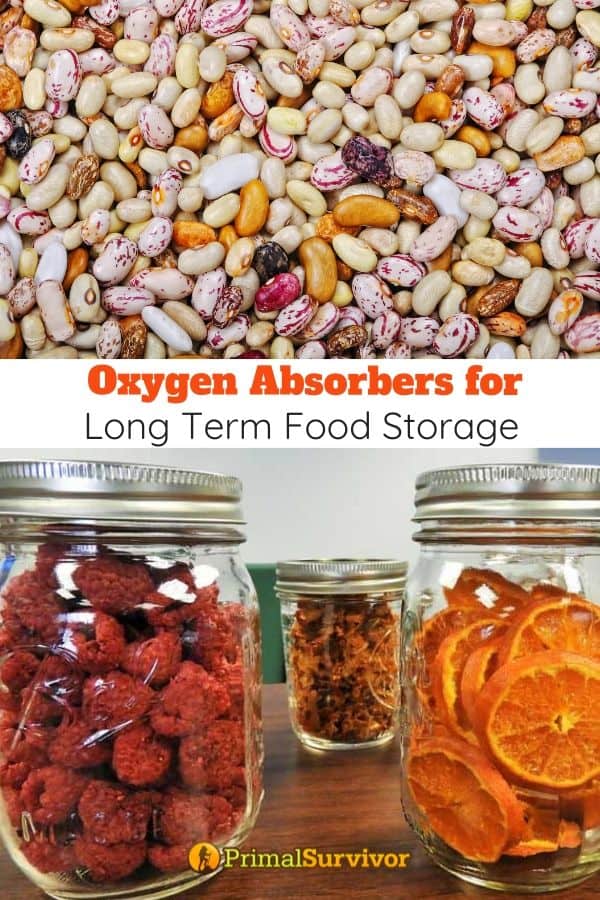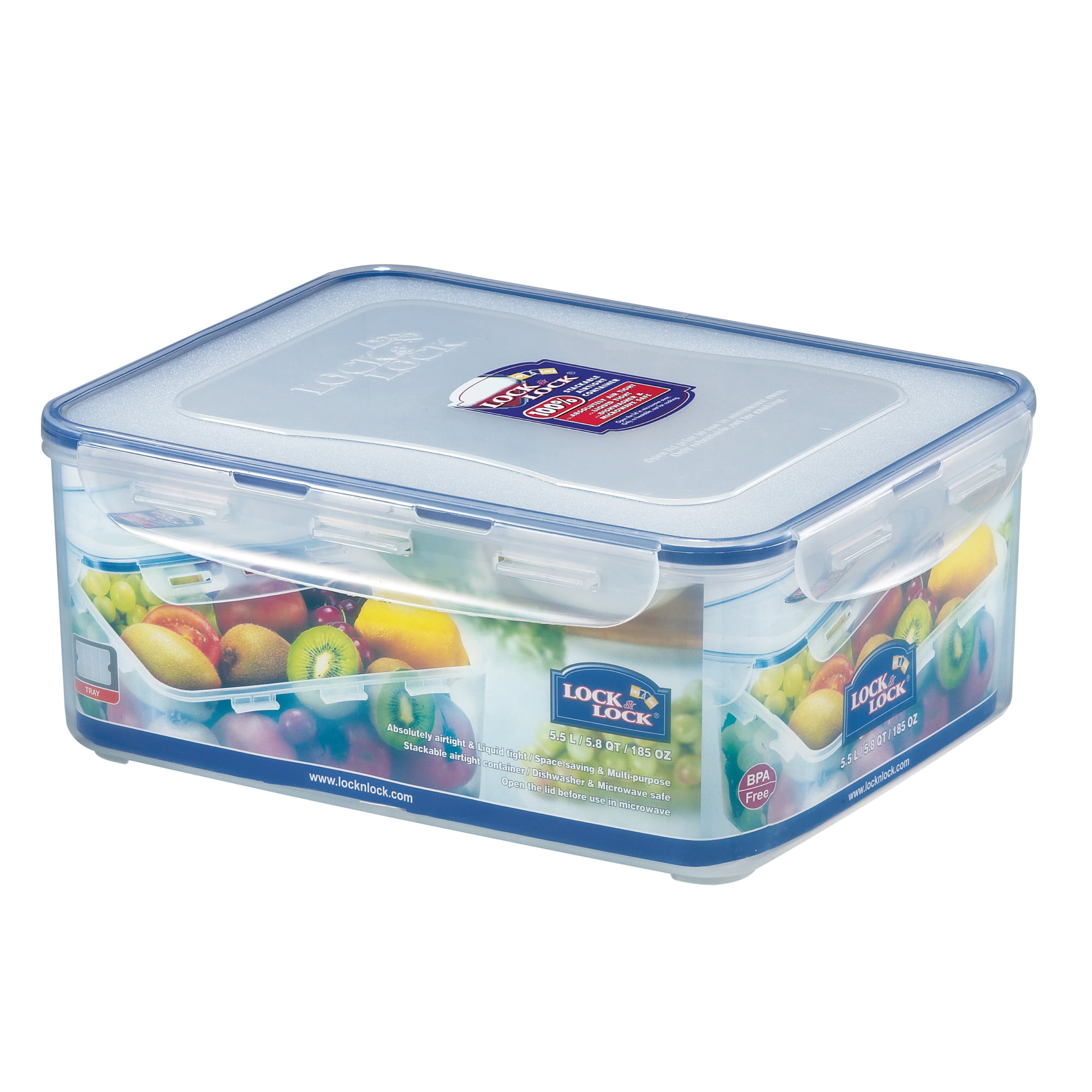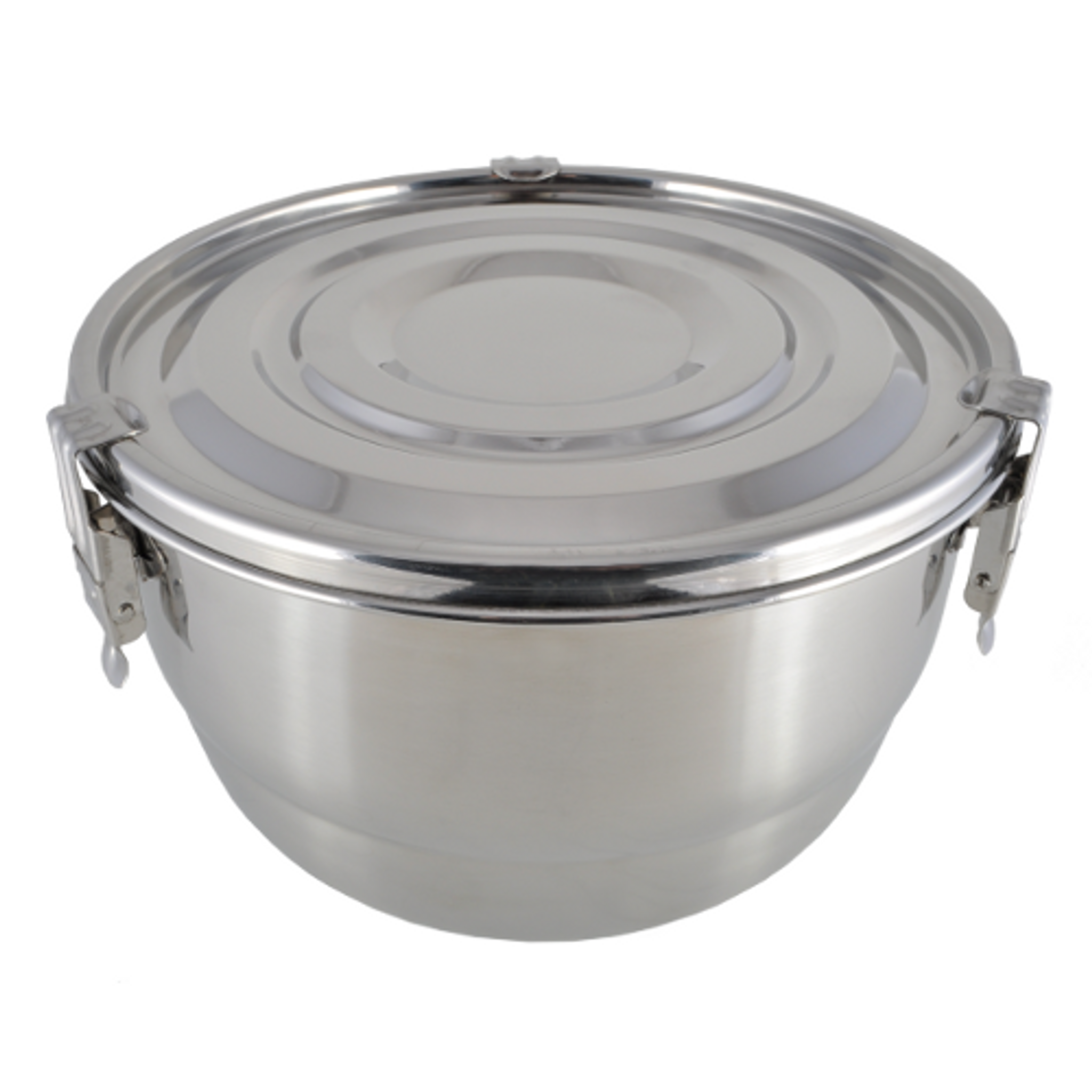Making Oxygen Absorbers For Food Storage: A Step-by-Step Guide

Preserving food for long-term storage requires a controlled environment where oxygen is minimized. This helps inhibit the growth of microorganisms and delays food spoilage. Creating your own oxygen absorbers is a simple yet effective method to achieve this. Here’s a step-by-step guide to make oxygen absorbers for food storage:

Materials:

- Iron Powder: Use food-grade iron powder with a particle size of 325mesh or smaller.
- Water: Distilled or purified water.
- Sodium Chloride (Salt): Regular table salt is sufficient.
- Food-Grade Plastic Bags: These bags should be airtight and suitable for food storage.
- Heat Sealer: A simple impulse heat sealer designed for plastic bags.
Instructions:
Mix Iron Powder and Water:
- In a clean container, thoroughly mix iron powder and distilled water in a 2:1 ratio by weight.
- The mixture should form a thick paste.
Add Salt:
- Add 5% sodium chloride (salt) to the iron powder and water paste.
- Mix until the salt is evenly distributed.
Fill Plastic Bags:
- Cut food-grade plastic bags into desired sizes.
- Fill each bag with the prepared iron powder mixture, leaving some space at the top.
Seal the Bags:
- Use a heat sealer to seal the bags tightly.
- Ensure there are no holes or leaks.
Activate the Absorbers:
- Place the sealed bags in a warm oven at approximately 150°C (300°F) for 15 minutes.
- This step initiates the chemical reaction that absorbs oxygen.
Cool and Store:
- Allow the bags to cool completely.
- Store the activated oxygen absorbers in an airtight container or resealable plastic bag.
Usage:
To utilize the oxygen absorbers in food storage:
Choose Appropriate Size:
- Select an oxygen absorber size that matches the volume of food you intend to store.
Place in Food Container:
- Before sealing the food container, drop the appropriate number of oxygen absorbers inside.
Seal Tightly:
- Ensure the food container is sealed tightly to minimize oxygen exposure.
By following these steps, you can effectively create your own oxygen absorbers for food storage, helping to maintain the quality and freshness of your stored food items.









